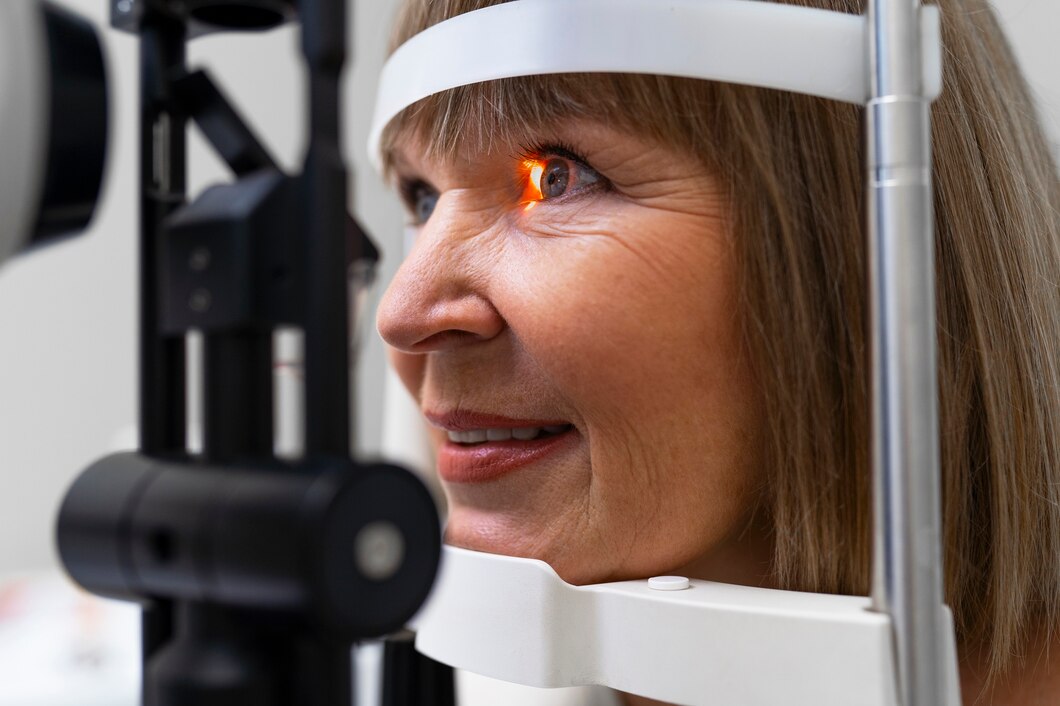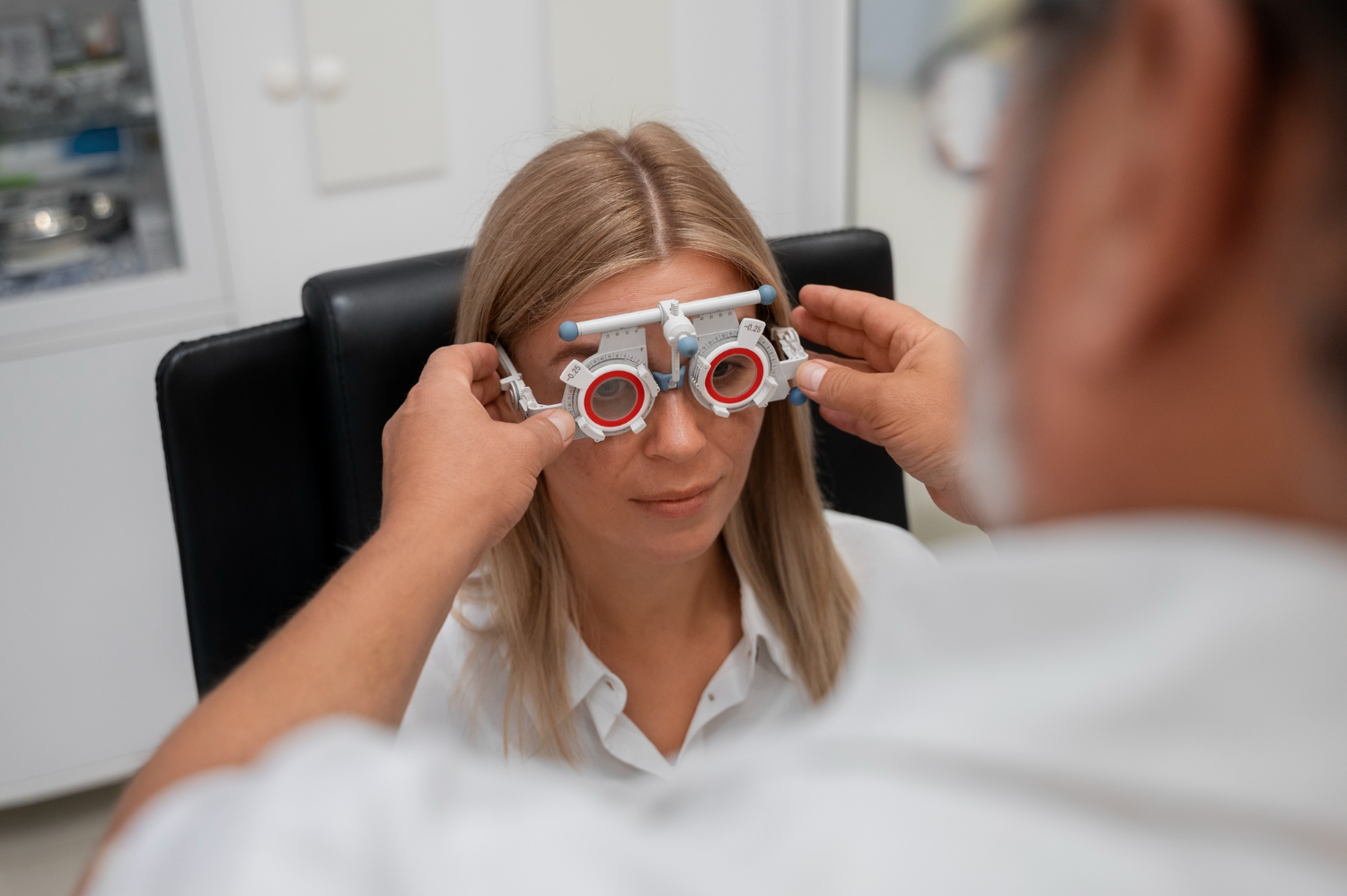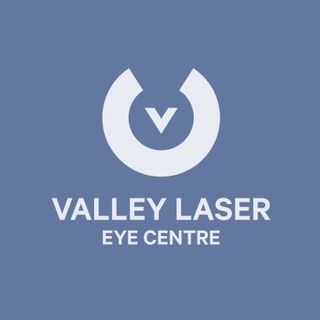Not everyone who suffers from problems with their vision is eligible to get LASIK surgery. Still, everyone who visits the Valley Laser Eye Centre will be provided with alternative solutions if LASIK is not feasible. Those solutions may include refractive less exchange for patients with farsightedness.
During the consultation, your doctor will evaluate the overall health of your eye and discuss treatment options with you. Before you head for your appointment, though, it is good to know more about the refractive lens exchange so you can make an informed decision when you meet with the eye doctor:
What Refractive Lens Exchange Is
Refractive Lens Exchange is similar to cataract surgery. What happens during one is that the natural lens of the eye is replaced with an artificial intraocular lens that will help the patient get better eyesight. This is done on patients with farsightedness. Patients with nearsightedness or myopia but are not eligible for a LASIK may also consider getting RLE surgery. Your doctor at the Valley Laser Eye Centre will discuss this procedure in detail with you during your consultation.
Are You a Candidate for Refractive Lens Exchange Surgery?
Your doctor will conduct a thorough eye exam to determine whether or not the RLE is a suitable treatment option for you. You may be considered a great candidate for this type of surgery if:
- You are not a suitable candidate for LASIK
- You are above the age of 40 and have no cataracts
- You don’t like the idea of wearing reading glasses
- You want your vision to improve without glasses or contact lenses
Lens Implant for Hyperopia
Farsighted patients can benefit from RLE eye surgery as it can effectively correct their vision. Before the surgery starts, numbing eye drops are applied to the eyes. As mentioned above, the surgery entails removing the natural lens and the replacement using an IOL. The process usually takes 15 minutes or so per eye. That said, you can’t have both eyes treated in one sitting. Each eye is treated separately with one to two weeks of interval.
Note that this kind of eye surgery doesn’t change corneal thickness like other laser surgeries for vision correction, so there’s a significantly lower risk of complication.
How Long Will the Artificial Lenses Last
The intraocular lenses that will be used to replace your natural lenses are meant to be permanent. The procedure isn’t reversible either, so you can expect to have those lenses on for life.
Remember that the RLE surgery is almost identical to cataract surgery, with the only difference being that the lens replaced is clear instead of cloudy due to cataract. Also, unlike ICL, LASIK, or PRK, refractive lens exchange can correct almost any hyperopia degree.
What’s Recovery Like
After your surgery, you can expect to be back on your feet doing your usual activities within the week. Many patients say they notice improved vision immediately after the eye surgery, and others note brighter and more vivid colors, too. Others, on the other hand, say they experience blurry vision for a couple of days as their eye heals. It’s also normal to feel some discomfort. However, you should make sure not to rub or push on the newly treated eye as this could be damaging. You’ll be given eye drops for infection prevention, and of course, your doctor will be monitoring your healing.
Conclusion
As you can see, there is no reason for you to worry if you learn that you’re not a good candidate for LASIK surgery. That would likely mean you can get Refractive Lens Exchange surgery, and that’s a good thing. Your doctor will present you with treatment options for your specific case, but if you’re told that RLE surgery is an option for you, you should consider getting it. Of course, you should only go to an eye centre that you can trust for your surgery.
Valley Laser Eye Centre is the best laser eye clinic in Abbotsford, BC, that can provide you with RLE. Other treatments like Cataract surgery, LASIK, and others. Call us today to schedule an appointment!
This blog post does not replace medical advice and should not be implemented prior to consulting a fully certified medical professional.





